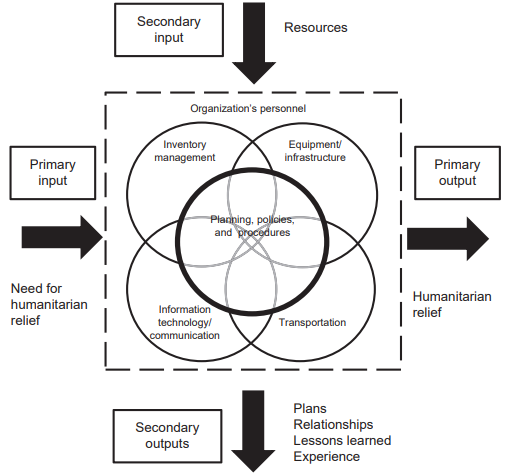Understanding the Phases of the Clinical Interview in Nursing Practice : My Reflection
Introduction
The student in nursing must master the clinical interview method as soon as he starts to conduct his clinical practice before he becomes a nurse. It is a diverse, fluid and complex mechanism that takes into consideration many facets. It aims to collect accurate and valuable details so that the patient / customer and their families can plan their treatment and be cared for and know who will be cared for. However, often there is doubt as to how this interview can be prepared, what phases this interview should take, how it should conclude and what to do with the information gathered. I came through specific guideline in my course. In order to help me describe, explore feelers, evaluate analysis, detect consequences before the action plan is concluded and published, I will follow Gibbs' (1988) reflection period.
Description
In terms of the many meanings and methods, there appears to be certain consensus to take into account a set of basic features common to all interviews: its oral and non-verbal contact, some degree of structuring, its particular goal, its asymmetrical situation, the bidirectional mechanism and the acceptance by all sides of specific positions.
The condition of the interview includes both verbally and non-verbally an immersive conversation mechanism. This dialogue is the fundamental means of intimate interactions and addresses patients' feelings and stimulates their behaviour. It is necessary therefore:
a) To ensure that all contact levels ("letters") and nonverbal are used, and
b) That certain main verbs are thorough: to specify targets, requests, listen (active), empathize (even active), to synthesize, to input and to strengthen.
The interview can take various forms or structures,
Structured: where questions have to be prepared beforehand and where the answers are even limited.
Semi-structured: with some guidance on the issues or subjects to be covered, but all interviewees have the liberty of formulating questions and responses.
Unstructured or free: there are only very broad rules in this interview for directing questions, the conversation itself being the determinant of them.
The aim of the interview will focus on the goal and methodology set by the interviewer, but we can see that it is not unique to a psychologist, since it is used by all health practitioners who work for patients with a variety of issues. To gain the requisite knowledge, both verbally and nonverbally, to diagnose health conditions. The aim of the clinical interview with the nurse is to: It is done during the treatment process, but particularly at the start of the intimate interaction orienting the aid phase, which allows one to know the patient/client and the families with whom we will be interacting. Facilitate quality management, as nursing workers and students can devise nursing diagnosis and schedule practices on the basis of data collection and transformation of information. Ensure that the evaluation of individual treatment proceeds with the gathering of facts. We can also see that this strategy is not unique to any pre-interview person and depends on the goals and method set by the interviewer. The clinical interview process can be divided into different stages: the preparation of the process, the initial phase, the body or intermediate phase, closing, postscript and analysis of the collected information.
It is critical that the nursing specialist understands the health information that they will use of advance in the planning of the procedure. Much of the above describe items or places for interviewing in the healthcare practice in questionnaire format. A reflection and adaptation process using the reference nursing paradigm has resulted in all of these (Smith, 2008). Currently, experts would test your item and tailor it to the target community after it is constructed. It is advisable to read each part of the interview carefully before beginning, and to prepare guidelines for questions both open and closed.
It is best to study each of the parts and elements that make up the interview carefully and include guides for open and closed issues that deal with the predefined areas or topics before beginning an interview. During the interview process, the observation is essential and fundamental, and should be aimed at certain fundamental nonverbal criteria of communication to be interpreted afterwards. The architecture of observation grids should be suited to observe the elements or components (Hamdy, 2001). At the preparation process, all pertinent records reported in the patient/client medical record should be gathered to understand the condition and prevent redundancy in the queue.
Feelings
The situation for the interview entails both verbally and nonverbally an immersive conversation mechanism. This engagement is the fundamental method in intimate interactions, addressing and stimulating patient feelings.
Evaluation
It is necessary to be transparent, truthful and cautious about this interview. If the patient has to know what he/she has, the prediction is weak and all in one session does not need to be communicated. There are various methods of providing information and the individual will finally be trained in various interviews. These situations are easy to work for the family, but protect the patient's privacy (Hallam, 2000).
If necessary, the challenge is to create systems that communicate love, defence, humanism, vocation, sympathy or both professionalism in the patient relationship by vocabulary of speech and bodywork (Wei Keith Tan & Piper, 2020).
Analysis
Until that day interviewing day a cycle of activities in specialist hospitalizations unit’s operation room, haemodialysis, etc. is provided in a single area for preparation. We found it to be a strong subject that we could continue to deliver to students in such a way as to be profitable, given the commitment to reform the curriculum that led us to carry out internships in the two semesters. The continuation of this subject had two goals:
to be functional and
to allow the application of information gained.
While the health appraisal of nursing is more of a challenge than that, it is tenting to believe otherwise. The way to create an efficient relationship between the nurse and patient makes patients feel comfortable, supported and encouraged (Dewit & O’neill, 2013).
Action plan.
After completing the course, I think that I can do better if I can make some improvement following areas, there are Some more tools that can help us:
- Instrumental dissociation
- Active listening
- Emotional intelligence
- Empathy
- Assertiveness
- Persuasion
- Conclusion
In order to understand the condition and also to prevent any overlap in queries to the client that create misunderstanding and confusion, all the related records registered in a patient's/medical client's record should be gathered during the preparatory process.








